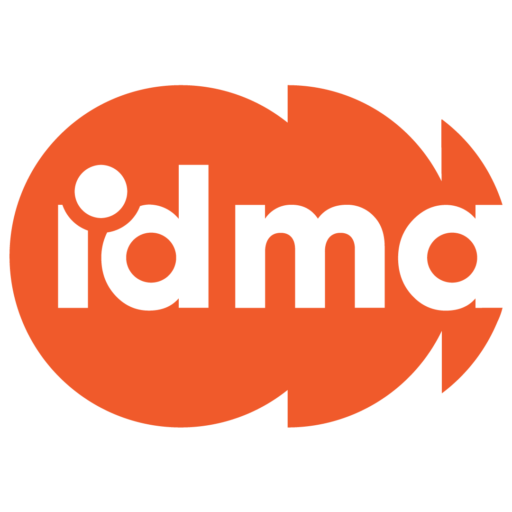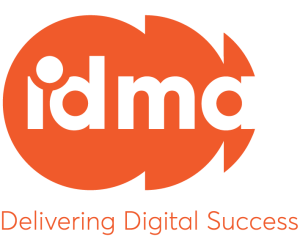Recently, my team and I were burning the midnight oil penning down a new marketing strategy for a client. In the midst of it, it dawned on us how massively COVID-19 has disrupted consumer behaviour.
In our observation, the last year has seen Kenyan consumers adopt a new lifestyle, media habits, online behaviour, shopping habits and expectations of brands. This new behaviour has now become entrenched in them. With the pandemic yet to be silenced, we can bet on the fact that the digital economy is here to stay and so is the need to rethink new ways of winning customer loyalty and trust.
To win, it’s key that we reflect on major takeaways from COVID-19. Like most professionals, marketers were caught off-guard by the pandemic, exposing systemic and operational inadequacies in the digital age such as remotely connecting, collaborating and track the progress of teams, disconnected data capture to better understand their consumers both offline and online, and the over-reliance on brick and mortar techniques to deliver products and services to their customers, as opposed to an omnichannel experience that takes into account how their customers and employees interact with the brand.
The Omnichannel Experience
By immersing your customers through an omnichannel experience, you will be able to correlate online and offline data and gain visibility into both person-level insights and aggregate historical trends. This would help in collecting valuable data on customers touchpoints that would enable a brand to make the right decisions and amend the harsh impact of the pandemic.
However, all is not lost. For any consumer-facing company, long-term changes that will define the future of digital marketing are still being made. The only thing you need to do is act now to help shape the next phase of your marketing strategy to avoid losing out on growth opportunities and market share. Across all industry sectors, mapping out an omnichannel marketing strategy starts by collecting accurate and timely customer data. This data is then analysed to get an in-depth understanding of customer preferences i.e., what time are the most active, which device do they use to access your products, how are they looking for your brand online etc. which helps to better design personalized customer journey maps that yield high conversion rates.
As a self-proclaimed coffee connoisseur, I find coffee very refreshing, especially when glued to my screen typing 10 words per second. When it came to escaping traffic to finish writing this piece, dashing to the nearest coffee shop was the logical decision to make and ironically put this article into context. I walked into a Java and there was staff in branded uniform taking my temperature and ushering me to the hand wash area. As soon as I was done, there was a waiter ready to direct me to a table of my preference. I was then advised to scan a QR code to access the menu due to COVID-19 scanned the code and the menu appeared in Java brand colours.
The online menu connected me to their online footprint where I got to learn more about their brand promise. The experience was consistent both online and offline. If the mention of coffee made you thirsty, Java Coffee is also available on leading online food ordering and delivery platforms such as Uber Eats and Glovo. I found that the omnichannel marketing strategy gives consumers the chance to find and purchase online, in-store, or a combination of both- such as “buy online and pick up in-store” which helps them keep the business open even in the midst of the pandemic.
The New MarTech Technologies
Also shaping the future of digital marketing is Artificial intelligence. Through AI, marketers can collect and process big data. For instance, in the case of e-commerce company Amazon, they use AI to predict the number of customers willing to buy a new product and to run a cashier-less grocery store. Amazon’s AI capabilities are designed to provide customised recommendations to its customers. According to a report, Amazon’s recommendation engine is driving 35 per cent of its total sales. To do this, the e-commerce giant applies continuous AI to better understand their customer search queries and what is the reason they are looking for a particular product. Living in a big data era, the need for such data cannot be understated in building better digital marketing strategies for the new normal.
Locally, PesaKit -an AI-powered digital assistant (chatbot) for mobile money agents is enabling agents to know, manage, and control their float through predictive analytics by forecasting their inventory needs for the next hour, day, week or month. The app further assesses an agent’s creditworthiness and creates a score, where it previously didn’t exist, enabling the agent to borrow money when it is required or based on recommendations and insights.
In addition to AI, Augmented and Virtual Reality, automation, blockchain technology, influencer marketing, social commerce, interactive content and gamification, data analytics and cloud technology are among the top developments shaping the future of digital marketing.
Blockchain, for instance, provides transparency, security, and accessibility of monetary and data flows in digital marketing. The technology can improve digital marketing for the consumer, benefiting businesses not to spend humongous amounts of money on digital advertising campaigns. With this newly introduced technology, consumers can own and sell their data directly to advertisers and marketers. Luckily brands can seek support from existing digital marketing agencies which leverage new MarTech technologies to connect enterprises and their audiences with precision through customised, omnichannel and agile digital marketing solutions.
Moving forward, it is prudent that marketers adopt a more flexible and agile approach aligned with new MarTech technologies to harness insights and get ahead on changing customer and industry trends to drive growth. With so many factors in flux, the future of digital marketing calls for deeper ties between consumers and brands. Brands need to collaborate more with digital influencers and partner with like-minded enablers to adapt to new consumer preferences, shopper behaviours, and regulations.
In doing so, they will be better equipped to navigate trends that many thoughts would take years to play out: touchless payments, curbside pickups, automated fulfilment, omnichannel marketing, and more.






